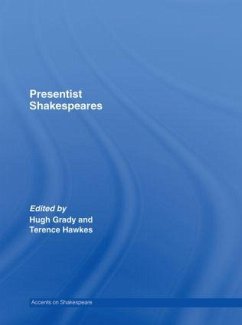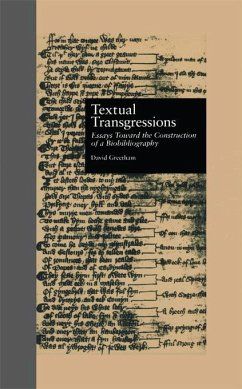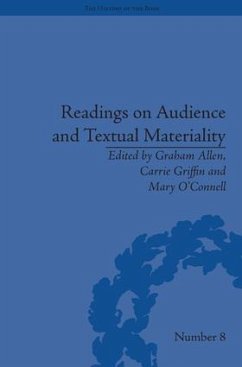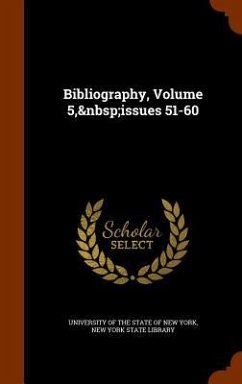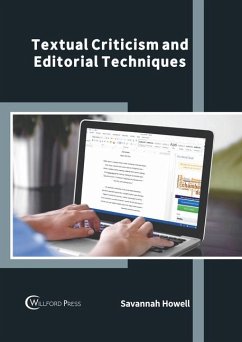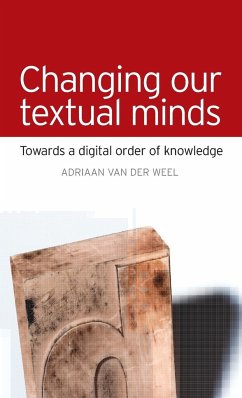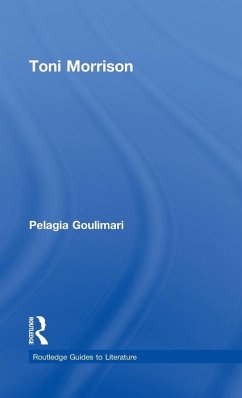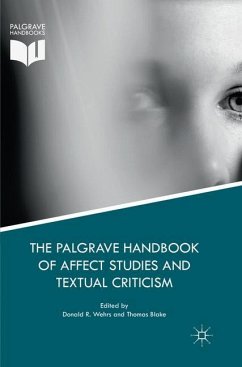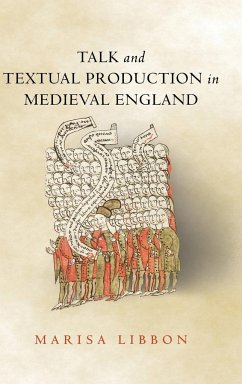
Teaching Bibliography, Textual Criticism and Book History

PAYBACK Punkte
95 °P sammeln!
Offers a variety of approaches to incorporating discussions of book history or print culture into graduate and undergraduate classrooms. This work considers the book as a literary, historical, cultural, and aesthetic object. These essays are of interest to university teachers incorporating textual studies and research methods into their courses.




